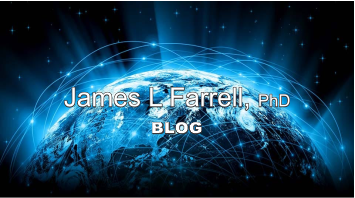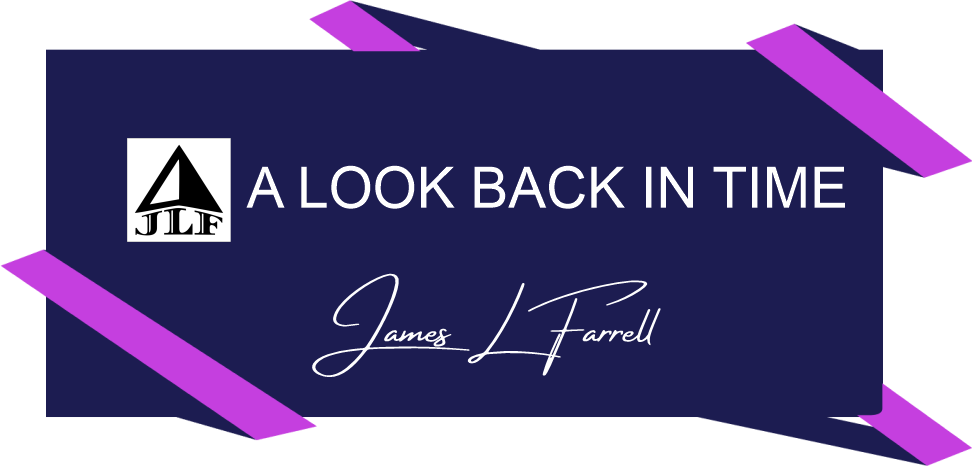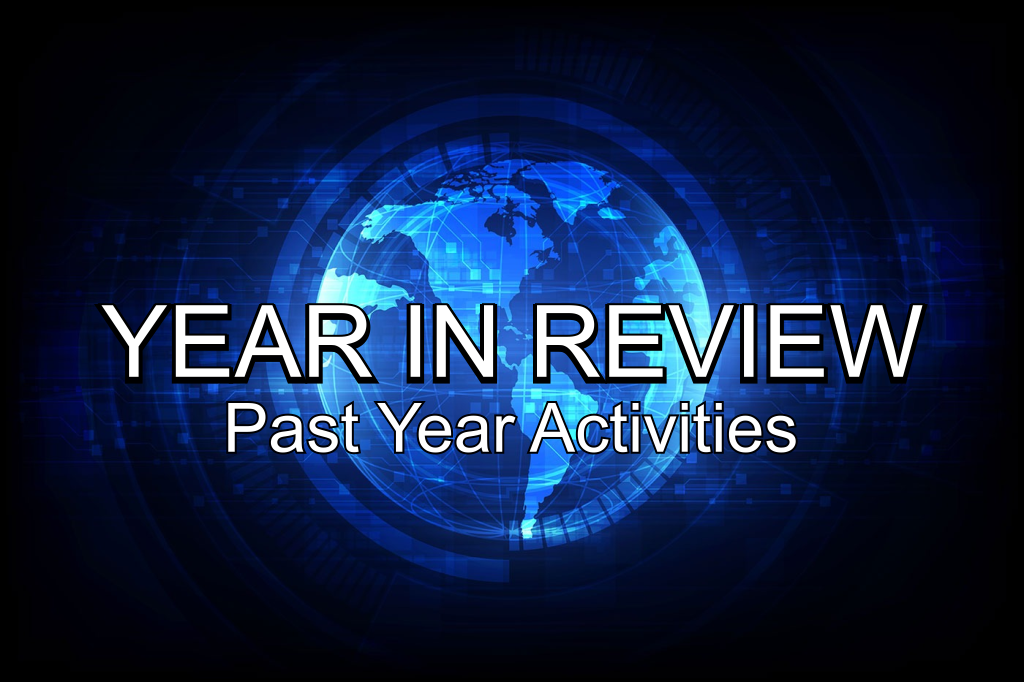BOOK on TRACKING
Tracking acceleration dynamics by GNSS, radar, imaging
In addition to the flight-validated algorithms for navigation (processing of inertial sensor data, integration with GPS/GNSS , integrity, etc.) my 2007 book, as its title implies, offers extensive coverage of tracking . The longest chapter of the book (Chapter 9) provides formulations for a variety of modes, in 2-D (e.g., for runway incursion prevention or ships) and 3-D (in-air), using GPS/GNSS and/or other sensors (e.g., radar , optical). Position and velocity vectors are formed, in some operations joined by some or all components of acceleration .
This author was “at-the-right-places at-the-right-times” when a need arose to address each of the topics covered. As a result, the words of one reviewer — that the book is “teeming with insights that are hard to find or unavailable elsewhere”
applies to tracking as well as to navigation. The book identifies subtleties that arise in specific applications ( aircraft , ships, land vehicles, satellites, long-range or short-range projectiles , reentry vehicles, missiles , … ). In combination with a variety of possible conditions affecting sensor suite and location (air-to-air; air-to-ground; air-to-sea surface; surface-to-air, etc. — with measurements associated with distance or direction or both; shared or not shared among participants who may communicate from different positions), it is not surprising that striking contrasts can arise, influencing approaches and characterizations used. The array of formulations offered, while fully accounting for marked differences among operations, nevertheless exploits an underlying commonality to the maximum possible extent.
Tracking dynamics of aircraft, missiles, ships, satellites, projectiles, …
Formulations described in Chapter 9 were used for tracking of both aircraft and missiles , concurrently, through usage of an agile beam radar . For another example, air-to-surface operations subdivide into air-to-ground and vessel tracking from the air. That latter case constrains tracked objects’ altitudes to mean sea level — a substantial benefit since it obviates the need for elevation measurements, which are subject to large errors from refraction (bearing and range measurements, much less severely degraded, suffice). Air-to-ground tracking , by contrast, further subdivides into stationary and moving targets; the former potentially involves imaging possibilities (by real or synthetic aperture) while the latter — if not being imaged by inverse SAR — separates its signature from clutter via doppler.
Reentry vehicles, quite different from other track operations, present a unique set of “do’s” and “don’ts” owing to high-precision range measurements combined with much larger cross-range errors (because of proportionality to extreme distances involved). Pitfalls from uncertain axial direction of “pancake” shaped one-sigma error ellipsoids must be avoided. A counterexample, having angle observations only (without distance measurements), is also addressed. Orbit determination is unique in still another way, often permitting “patched-conic” modeling for its dynamics . A program based on Lambert’s theorem provides initial trajectories from two position vectors with the time interval separating them.
Those operations and more are addressed with most observations from
radar
or other (e.g., infrared imaging) sensors rather than satellite measurements. That of course applies to tracked objects carrying no squitters. Friendlies tracking one another, however, open the door for using
GNSS
data. Those subjects plus numerous supporting functions are discussed at some length in Chapter 9. Despite very different dynamics applicable to various operations, the underlying commonality (Chapter 2) connects the error propagation traits in their estimation algorithms and also — though widely unrecognized — short-term INS error propagation under cruise conditions (Chapters 2 and 5). Support operations such as synthetic aperture radar (
SAR
) and transfer alignment are described in the chapter Addendum.










